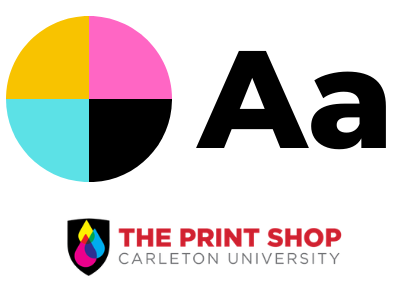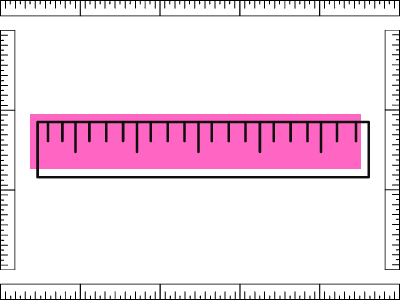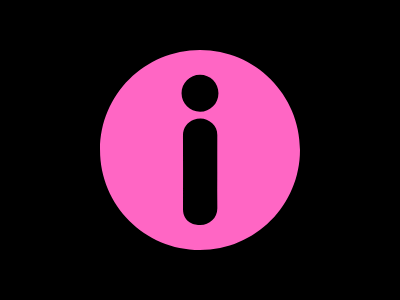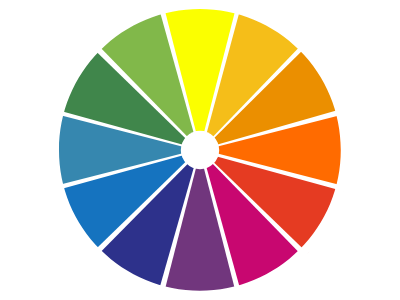One of the most common issues we see with print jobs is low resolution, pixelated images. A client has found that perfect image for their project, they insert it in their document and it looks fine on their screen, but when they see the printed copy, the image is blurry and they have no idea why.
So what happened? Well, we’re here to tell you just that, along with how to avoid it! And it all starts with DPI…
What is DPI?
Just because an image looks good on your computer monitor does not mean that it will translate well to the printed page. Images that are created for viewing on a computer screen only often have a lower DPI (Dots Per Inch) value than images that are intended for print. DPI essentially counts the number of pixels per inch in an image, and the higher the dot density, the higher the resolution of the print or scan.
The higher the DPI, the clearer your image will be when printed. This value is important for images of all sizes, but particularly so if you want to print your image at a large size, such as a poster.
This however does not apply to vector images (EPS, SVG, and AI). Vector images will keep their clarity no matter the scale of the design.
Choosing the Right DPI for You
Most images that are to be printed on a 8.5x11in should have a DPI of at least 150-300 DPI. Most images on the internet are only 72 DPI. 300 DPI is the standard for printing, but sometimes 150 is acceptable but never lower. You may go higher for some situations. DPI doesn’t equate to digital as it’s a print measure. It was commonly believed for a long time that 72 DPI was ideal for the web which is why you can find images in this DPI on the internet.
Viewing Distance
The most important factor in deciding on your necessary resolution is viewing distance. Printing method and material may vary the required resolution slightly, but viewing distance can mean the difference between 300 DPI and 1 DPI. Here is a chart to help you determine your DPI.
| Viewing Distance | Min Resolution |
| 0.6m / 2ft | 300 DPI |
| 1m / 3.3ft | 180 DPI |
| 1.5m / 5ft | 120 DPI |
| 2m / 6.5ft | 90 DPI |
| 3m / 10ft | 60 DPI |
| 5m / 16ft | 35 DPI |
| 10m / 33ft | 18 DPI |
| 15m / 50ft | 12 DPI |
| 50m / 160ft | 4 DPI |
| 60m / 200ft | 3 DPI |
| 200m / 650ft | 1 DPI |
If you are unsure if your design will print clearly at the size you would like, send it our way and we will be happy to help. You can also use this calculator to determine what size image you need for your desired print size and DPI. Remember, you need to take cropping into account; if you are only using half the image, your need to increase the image size to compensate.
Learn about other printing best practices in our colour modes blog post and our printing as a PDF blog post.
Blog Post Requests
If you have any questions regarding all things printing and design, please fill out this form to suggest a topic to be discussed in a blog post.
Thursday, April 29, 2021 in Best Practices, Blog
Share: Twitter, Facebook



